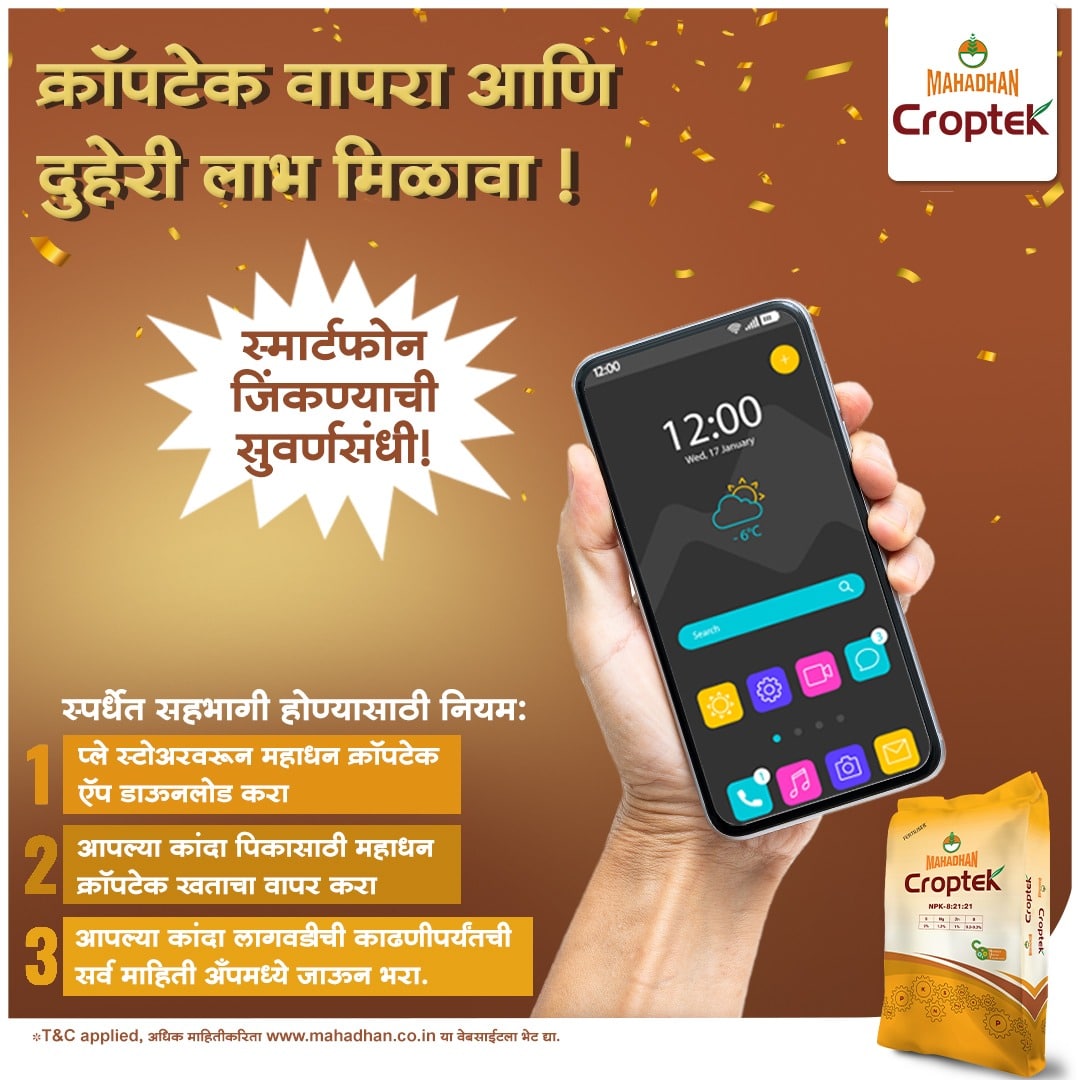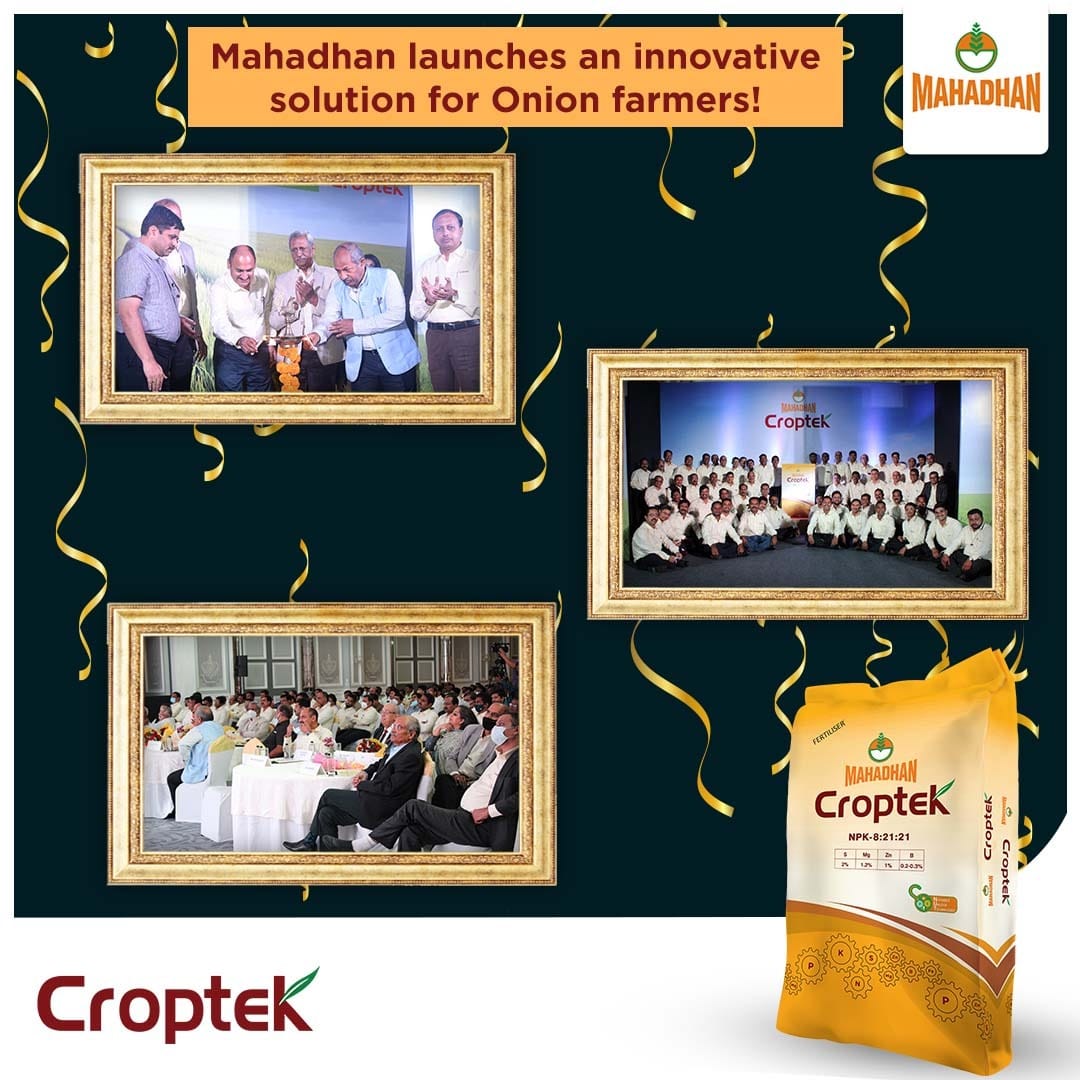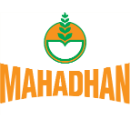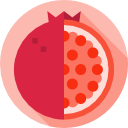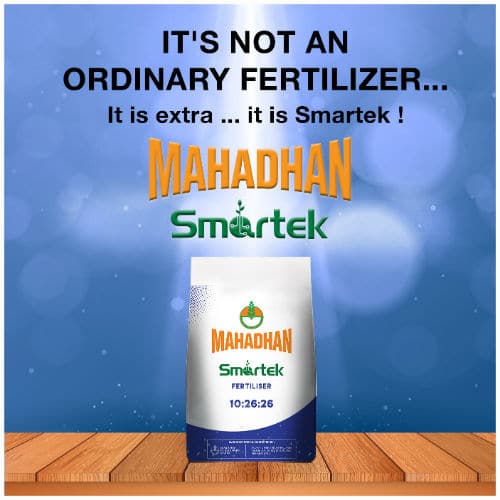
Pomegranate Farming Tips
Semiarid climate with mild winters and hot summers are ideal for growth of pomegranate. Pomegranate can be successfully grown in areas with temperature ranging from 25-35 0C and annual rainfall of 500–800 mm. Hot and dry climate during fruit development improves the fruit quality.
Pomegranate can be grown on a wide range of soils. However, it grows well in medium deep, loamy and well-drained soils having a pH of 7.5. It can tolerate soils that are loamy and slightly alkaline. Heavy soils with poor drainage facilities are not suitable for pomegranate cultivation.
Land is prepared by ploughing, harrowing, levelling and removing weeds.
With a spacing of 5 × 5 m, normally around 160 plants are planted in an acre.
Training & pruning are two important operations carried out in pomegranate. Plants are trained on a single stem or in a multi-stem system. Pruning is required for removal of ground suckers, water shoots, cross branches, dead and diseased twigs and also to give shape to the tree.
Pomegranate, being an orchard crop, is a heavy feeder of nutrients. The recommended fertiliser dose is 600–700 gm of N, 200–250 gm of P2O5 and 200–250 gm of K2O per tree per year. In order to meet these nutritional needs, pomegranate growers should plan and follow the fertiliser management practices in a proper manner.
Nitrogen, Phosphorus, Potassium, Calcium, Magnesium, Sulphur, Iron, Manganese, Zinc, Copper and Boron
Mahadhan provides a range of fertiliser products that pomegranate growers can use for application to the soil and also through the drip system. The schedules to be followed are detailed below
Fertiliser schedule recommended for pomegranate growers devoid of drip irrigation facilities is given below (Table 1):

Fertigation schedule recommended for the pomegranate growers with drip irrigation facilities is given below (Table 2):

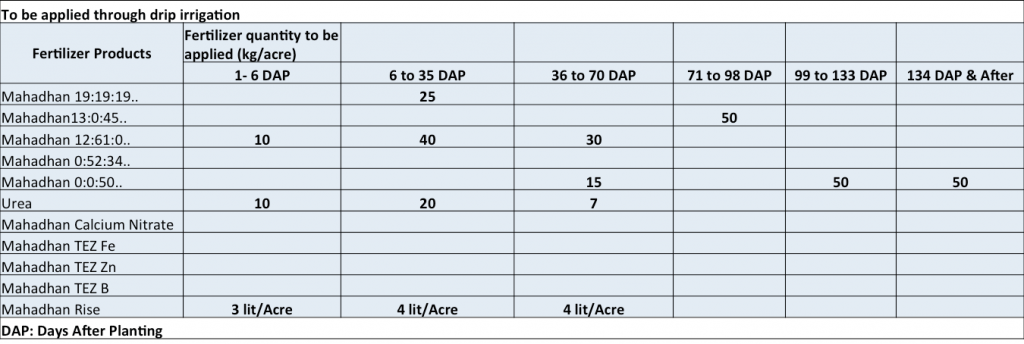
(Or)
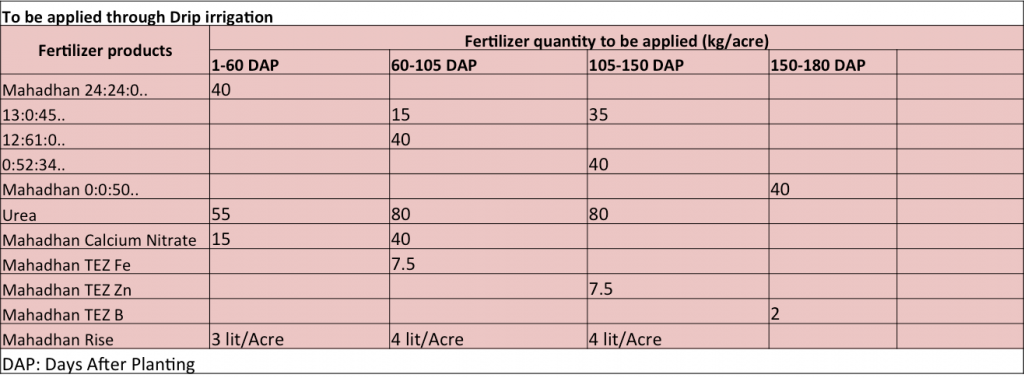
Foliar spray application recommended for pomegranate plantation (Table 3) :

Regular irrigation from flowering till harvesting is necessary in order to prevent dropping of flowers and cracking of fruit. Pomegranate trees are tolerant of drought conditions but require irrigation to produce optimum yield. Under drip irrigation and ideal soil conditions, pomegranates require about 650 mm of water per hectare per annum.
Weed Management
Weeds in pomegranate orchards can be controlled by application of non-selective herbicides like Glyphosate (10 ml/l) or Paraquat (10 ml/l) with a hand sprayer in between the trees, without allowing the spray drift to fall on the pomegranate foliage.
- Pomegranate butterfly management
- Removing and destroying all the affected fruits (fruits with exit holes)
- Spray neem oil 3 % or NSKE 5% at the time of butterfly activity. Repeat it if necessary twice at an interval of 15 days.
- Spraying Decamethrin @ 0.0028% at the time when more than 50% of fruits have set and repeating the spray after two weeks with Carbaryl @ 0.2% or Fenvalerate @ 0.005%.
- Mealy bugs management
- Remove affected twigs and small branches.
- Spray monocrotophos (0.1%) or chlorpyriphos (0.02%) or dichlorovos (0.05%).
- Bacterial leaf and nodal blight management
- Selecting disease free planting material
- Spraying with Streptocycline (0.025%) in combination with Copper oxychloride (0.25%) or Carbendazim (0.15%) at 15 days interval for 5-6 times starting from leaf initiation stage.
- Fallen twigs, leaves and Fruits should be destroyed outside the orchard premises.
- Management of Anthracnose and leaf & fruit spots
- The diseased fruits should be collected and destroyed.
- Spraying the crop with Carbendazim (0.15%) or mancozeb (0.25%) or copper oxychloride (0.25%) before plucking fruits.
- Fruit rot management
- All the affected fruits should be collected and destroyed.
- Spray the crop with carbendazim (0.15%) or mancozeb (0.25%) or copper oxychloride (0.25%) helps in controlling the disease
Note: For integrated pest and disease management, a schedule of foliar sprays has been prepared and recommended by the National Research Centre for Pomegranate. The same could be followed.
Fruits are graded based on their weight, size and colour. Fruits can be stored in cold storage for up to 2 months or for 10 weeks at a temperature of 50 C. Longer storage should be at 100 C and 95% RH to avoid chilling injury and weight loss.
Can we help you?
